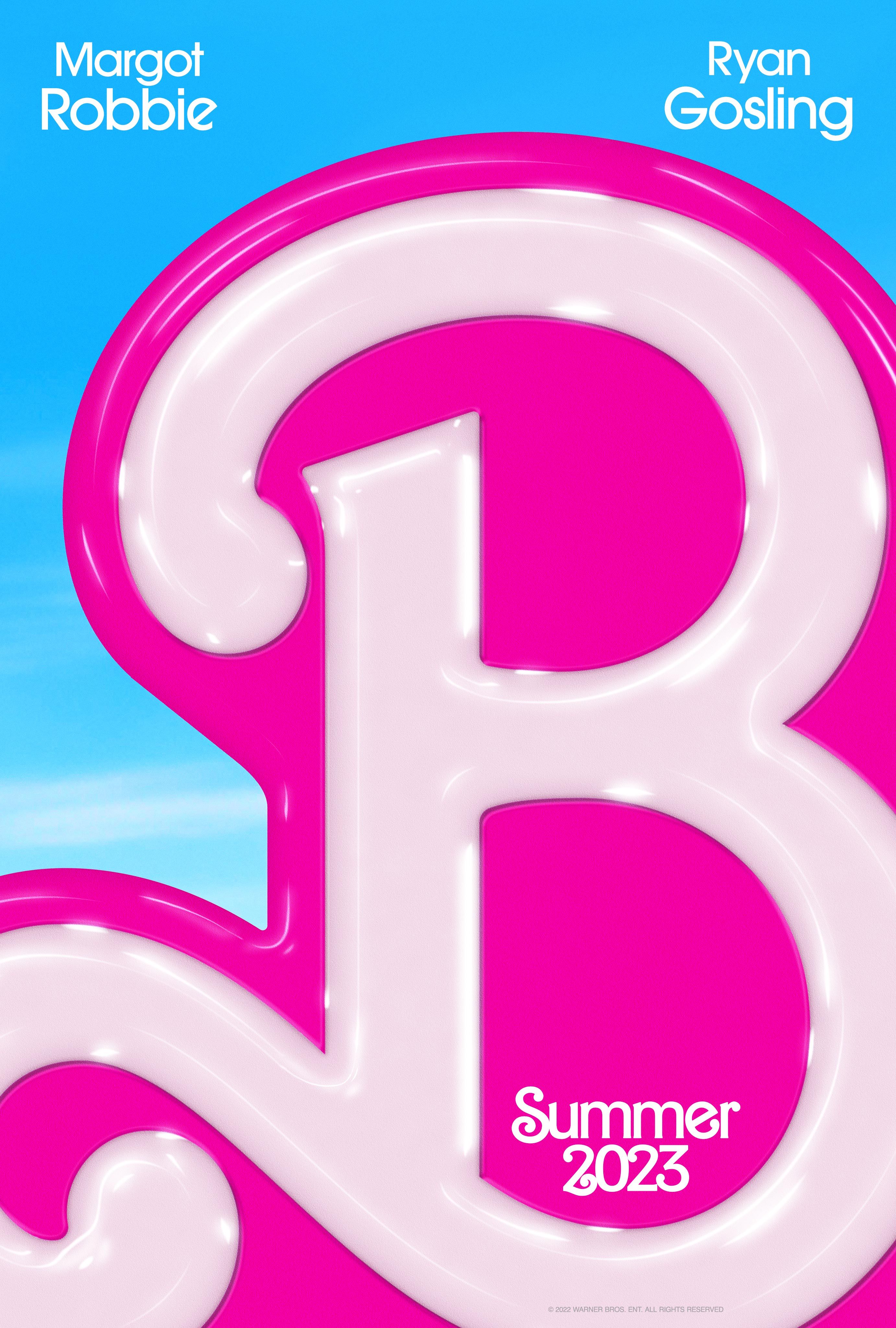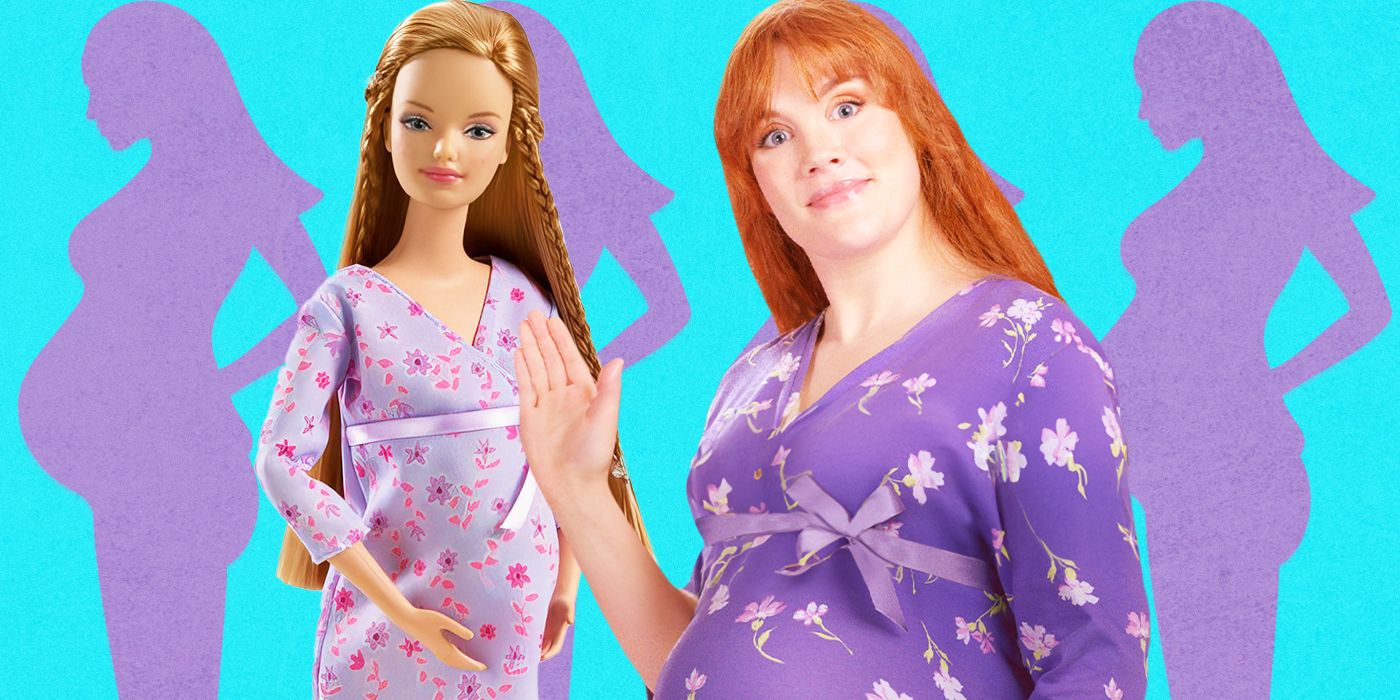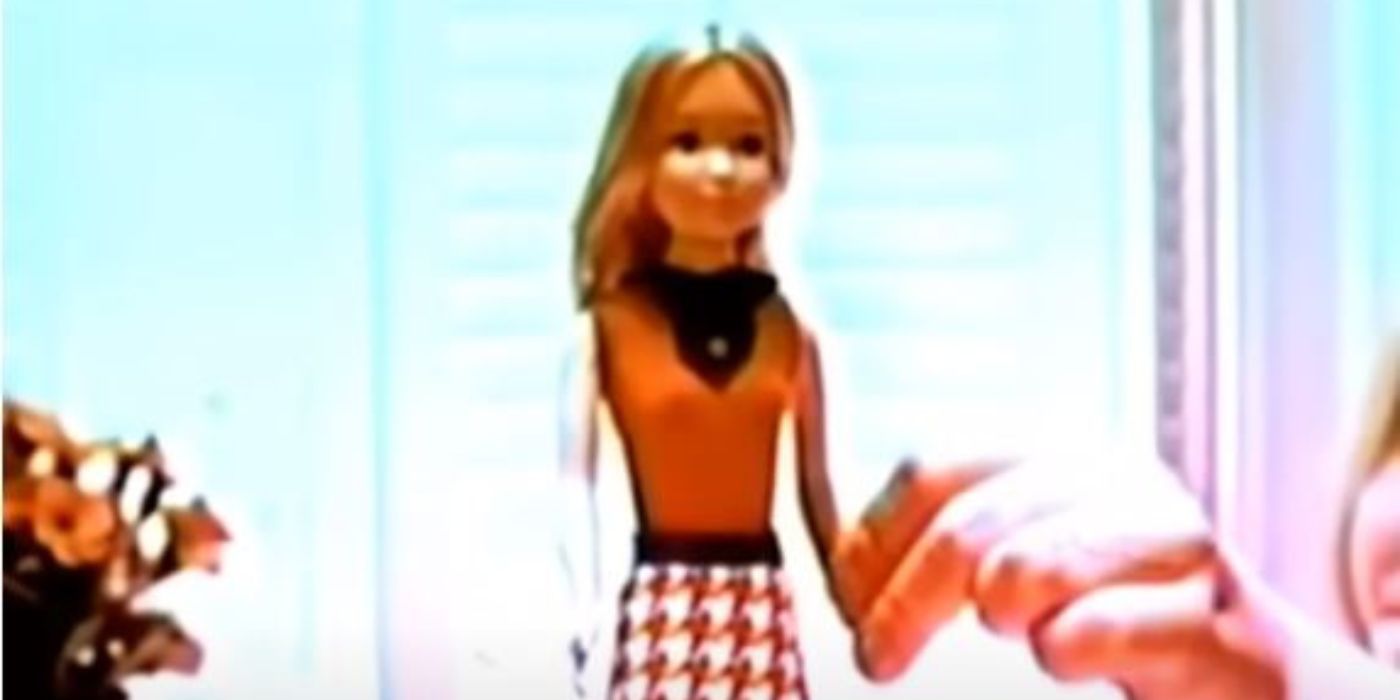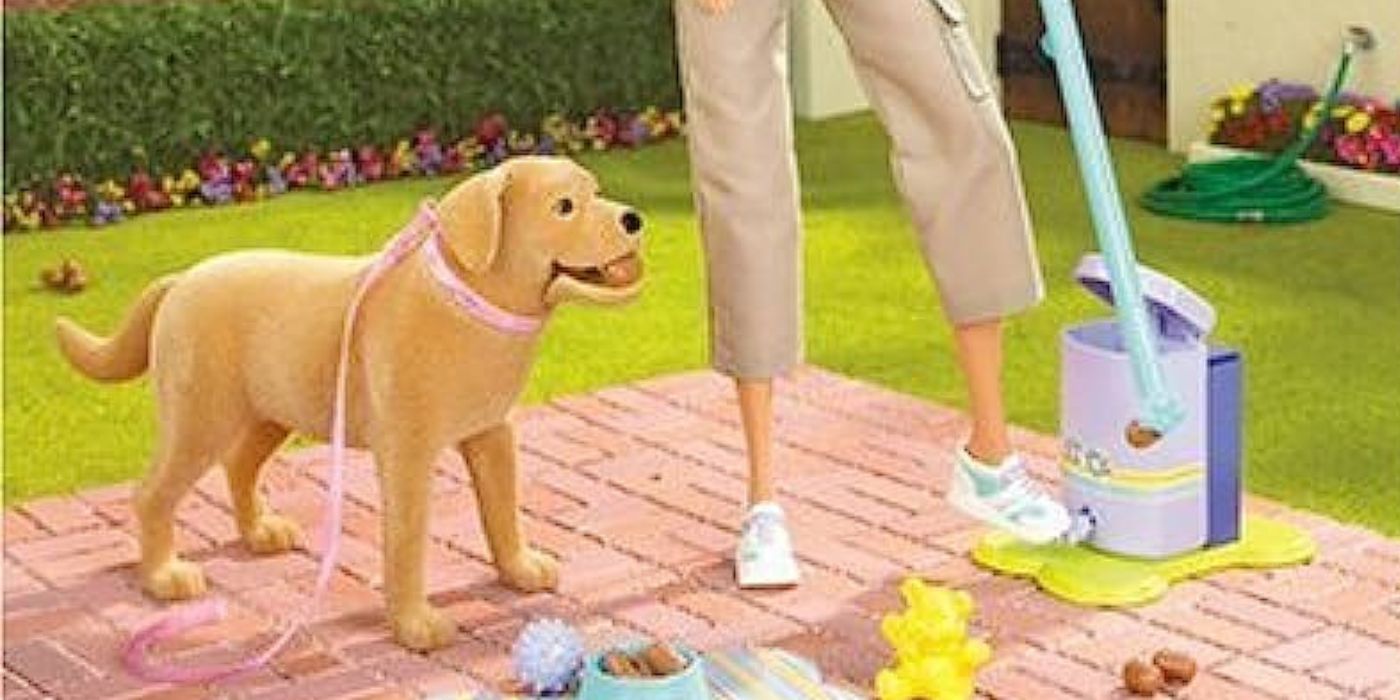The Big Picture
Greta Gerwig’s Barbie officially strutted past a billion dollars at global box offices, proving that Barbie is still a relevant pop culture icon. Ruth Handler and Mattel created the Barbie doll in 1959 as the first mass-produced toy doll in the United States. The first doll sold for $3, but if you have one of the first dolls in mint condition, that doll is now worth around, if not more than, $25,000.
The Barbie doll has been busy, having over 250 jobs in her lifespan, including running for President. There have been celebrity dolls like Twiggy, Cher, and Diana Ross as part of the arsenal. We have also seen Barbie divert from her slender, white, and blonde-haired persona to now have 4 body types, 7 skin tones, 22 eye colors, and 24 hairstyles. Barbie dolls have evolved over the years and are back at the forefront of the toy sections in stores with the release of Barbie. The pink craze is flooding stores and movie theaters and, frankly, the power of Barbie seems unstoppable right now. For all the successful dolls that Barbie has had, however, there have also been some major flops. From the plain weird to the “What were they thinking?”, Barbie proves that not all ideas are good ideas. Let’s take a look at some of the Barbies that didn’t get a chance to find their place in the Dreamhouse.

Barbie suffers a crisis that leads her to question her world and her existence.
Release Date July 21, 2023
Director Greta Gerwig
Cast Margot Robbie, Simu Liu, Ryan Gosling, Helen Mirren, Ariana Greenblatt
Rating PG-13
Runtime 114 minutes
Genres Comedy, Adventure, Fantasy
Why Pregnant Midge Was Discontinued
In the 1960s, Barbie’s sidekick, Midge, was released. Up until 2002, Midge was the wholesome best friend to Barbie, but something changed. Mattel introduced Pregnant Midge, who had a detachable baby bump that contained a baby inside. Many parents raised concerns over their young children playing with the pregnant Barbie, who was included in the “Happy Family” set along with Midge’s husband Allan (yes, the Allan!) and their 3-year old son. Walmart ended up pulling the doll off the shelves after so many complaints from parents came in about whether the doll was appropriate. Many felt it was promoting teenage pregnancy, so Midge was no longer one of Barbie’s sidekicks.
“Oreo Fun Barbie” Was a Massive Mistake for Mattel
Mattel partnered with Oreo in 1994 to create their next doll. However, when Mattel revealed a Black doll to expand the Oreo collaboration in 1997, many raised their eyebrows. Very quickly, people pointed out that “Oreo” can be a derogatory term for a Black person who rejects their culture and adopts white cultural norms instead. The doll was pulled incredibly quickly from their shelves once Mattel realized what mistake they had made, but many remained steadfast in their anger towards the company.
“Growing Up Skipper” Got a Little Too Grown Up
In 1964, Skipper was introduced as Barbie’s younger sister. 10 years later, in 1975, it was time for Skipper to go through puberty, I guess, so “Growing Up Skipper” was made. She was intended to teach kids about going through puberty, but instead, it created a lot of controversy surrounding how exactly she showcased that. By rotating her left arm, Skipper’s breasts would grow and she would get taller. The box also boasted how she went from a “cute little girl” to a “tall curvy teenager.” The sexualization of a teenager was the issue, and Skipper got pulled in 1977.
“Video Girl Barbie” Has a History With the FBI
Barbie actually has a history with the FBI — and that can never be a good thing. In 2010, “Video Girl Barbie” was released wearing a necklace that was a recording device and lens. That device could record up to 30 seconds of film that you could watch on a screen on Barbie’s back. FBI caught word of this doll and sent out an alert to law enforcement letting them know it could be used as a tool for pedophiles. There hadn’t been any instances of misuse at the time of the statement, but the media caught wind and made it public that Video Girl Barbie could be used for evil. The doll was discontinued in 2012.
“Hello Barbie” Was an Invasion of Privacy
Going along with the theme of electronics, “Hello Barbie” was released in 2015. The doll had the ability to talk and listen, listening through a microphone. Due to a Wi-Fi connection and some elevated electronics, she could even respond to what she heard. Even creepier, she could remember what you said and bring it back up again days later. It definitely creeped parents out and there were many privacy concerns for the doll’s ability. Since this Barbie connects to Wi-Fi, hackers could easily turn the doll into a hotspot and gather information. The doll was discontinued in 2017.
Tanner the Golden Retriever Was Cute but Potentially Deadly
In 2006, Barbie was given a cute golden retriever dog, Tanner, as a companion. Tanner was even realistic, eating his food and pooping it out for Barbie to pick up after him. However, in 2007, 680,000 units of Tanner were recalled because of choking hazards. The scoopers contained a magnet to pick up the dog’s poop, and that magnet was coming loose. If swallowed, those magnets could cause perforation or blockage in the intestines.
In 1965, “Slumber Party Barbie” was released, and it’s hard to imagine that that specific doll would receive any backlash. However, the doll was released with a pink satin nightgown as well as a pink scale that was set to 110 pounds and also came with a book on how to lose weight. The book contained one rule for losing weight, and that was “don’t eat.” Slumber Party Barbie wasn’t recalled or discontinued, but instead, the Barbie was updated to eventually remove the scale and the book and was replaced with items like hot chocolate and an eye mask.
There have been some distasteful and downright weird Barbies across its six decades, but the doll remains an icon and prominent pop culture item that invokes nostalgia in anyone who ever owned one. The craze is far from over, and with the success of the film, it’s likely that Barbie will take over shelves again just like they did during our childhoods.
Barbie is available to purchase on Prime Video, Apple TV, Google Play, Vudu, and YouTube.
Buy on Prime Video











